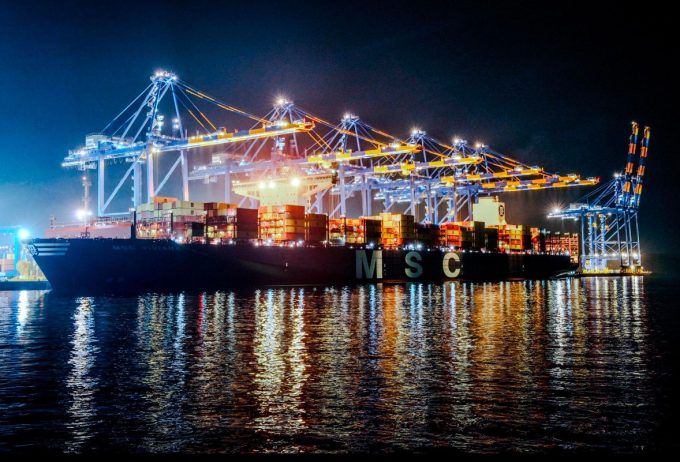MSC to launch new Oceania-US east coast Eagle service next year
Australian and New Zealand exporters to North America are set to get the second direct ...

With MSC to begin weekly calls at India’s new transhipment hub of Vizhinjam, feeder operators have begun talks with operator Adani to sign on for coastal connectivity operations.
As reported by The Loadstar this week, MSC has published an enhanced east-west network schedule and will begin ...

Comment on this article